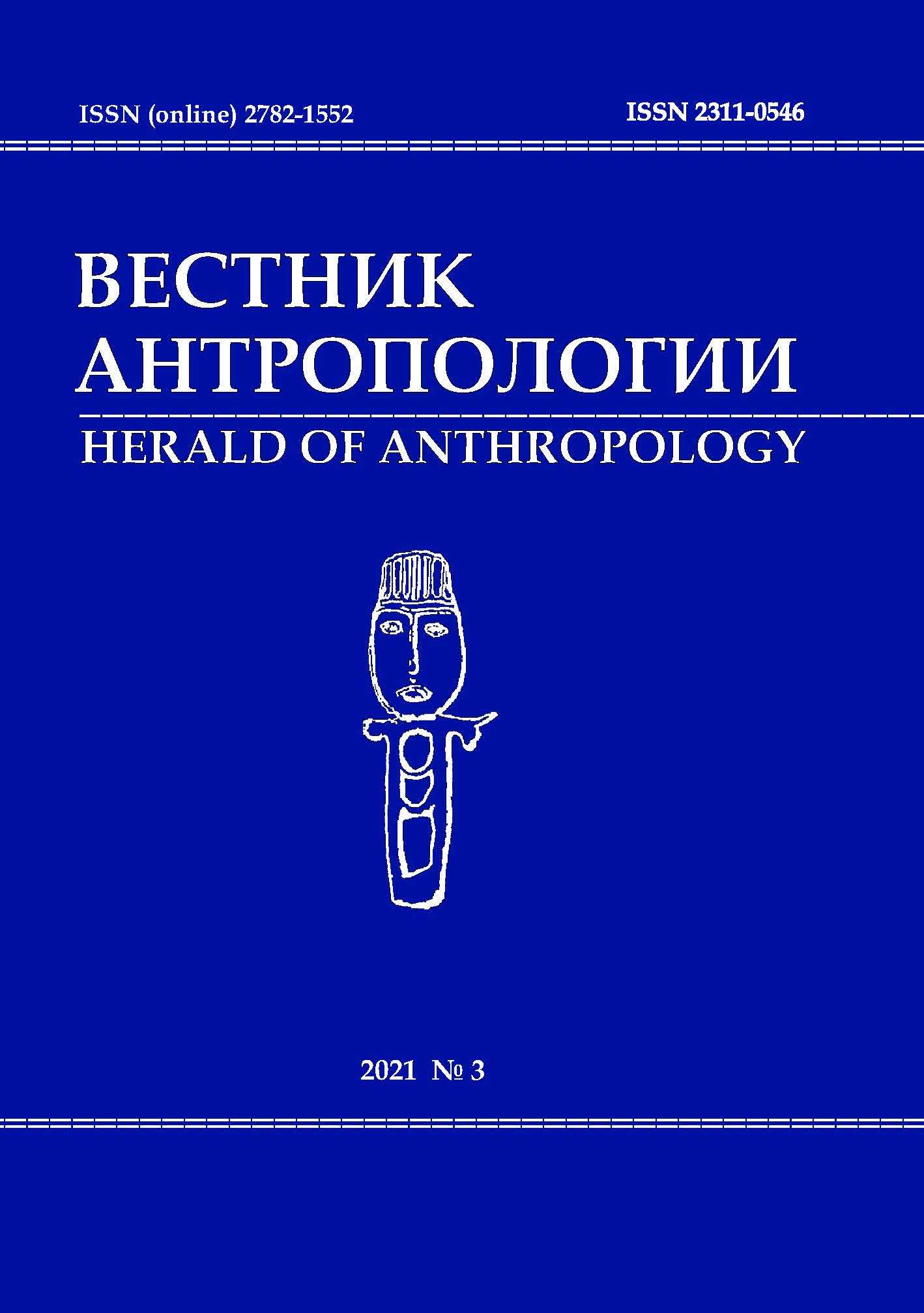CHANGES IN THE ETHNIC STRUCTURE OF THE MOSCOW POPULATION DURING THE FIRST WORLD WAR
DOI: 10.33876/2311-0546/2021-3/304-319
Keywords:
ethnic structure; Moscow; First World War; refugees; migrationsAbstract
During the First World War, there were massive migrations of refugees from the front-line areas deep into Russia, which significantly affected the ethnic structure of the Moscow population. In the city, the share of ethnic groups that predominated in the empire’s western provinces increased sharply compared with the pre-war period. However, the lack of information in the published statistics makes it difficult for researchers to analyze how wartime migrants influenced the share of numerous ethnic groups in Moscow as Russians, Jews, Germans, Poles, Lithuanians, Latvians, Estonians, Belarusians, Ukrainians, Tatars, and Armenians. The author analyzed statements of the Moscow residents by religion for 1908–1916, which allowed him to partially fill this knowledge gap and assess the dynamics of the ethnic structure of the city. The proposed method of equating confession with ethnicity does not give an exact match. However, along with additional sources, it allows us to identify trends in the ethnic structure of the city and analyze the factors that influenced the size of certain ethnic minorities.
For citation: Grigoryan, G.Sh. 2021. Changes in the Ethnic Structure of the Moscow Population During the First World War. Herald of Anthropology (Vestnik Antropologii) 3: 304–319.





















